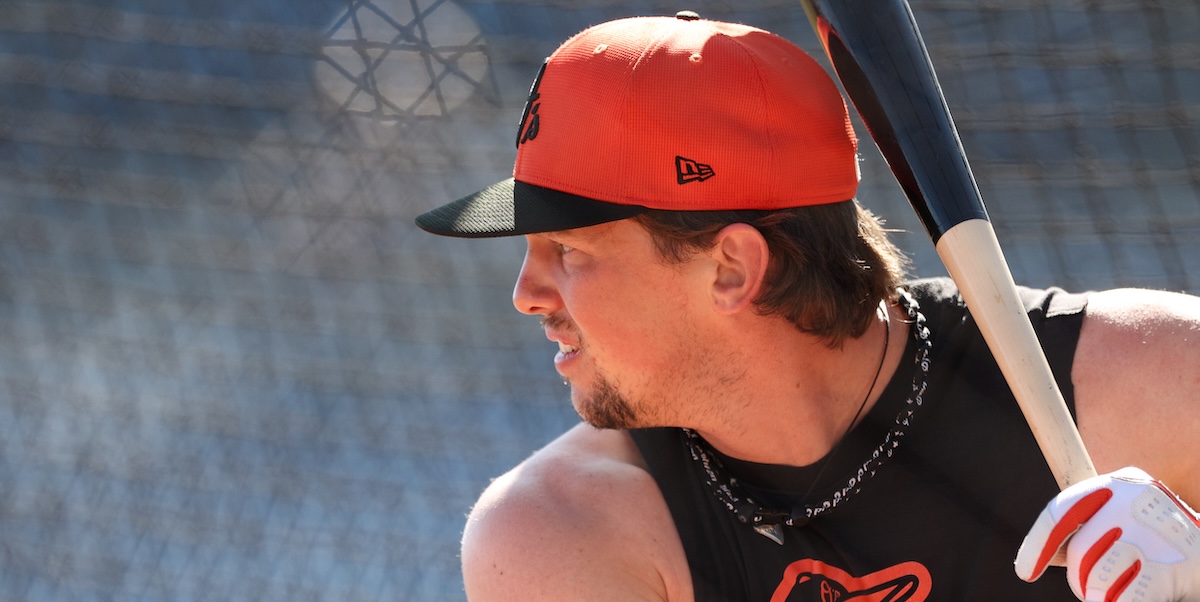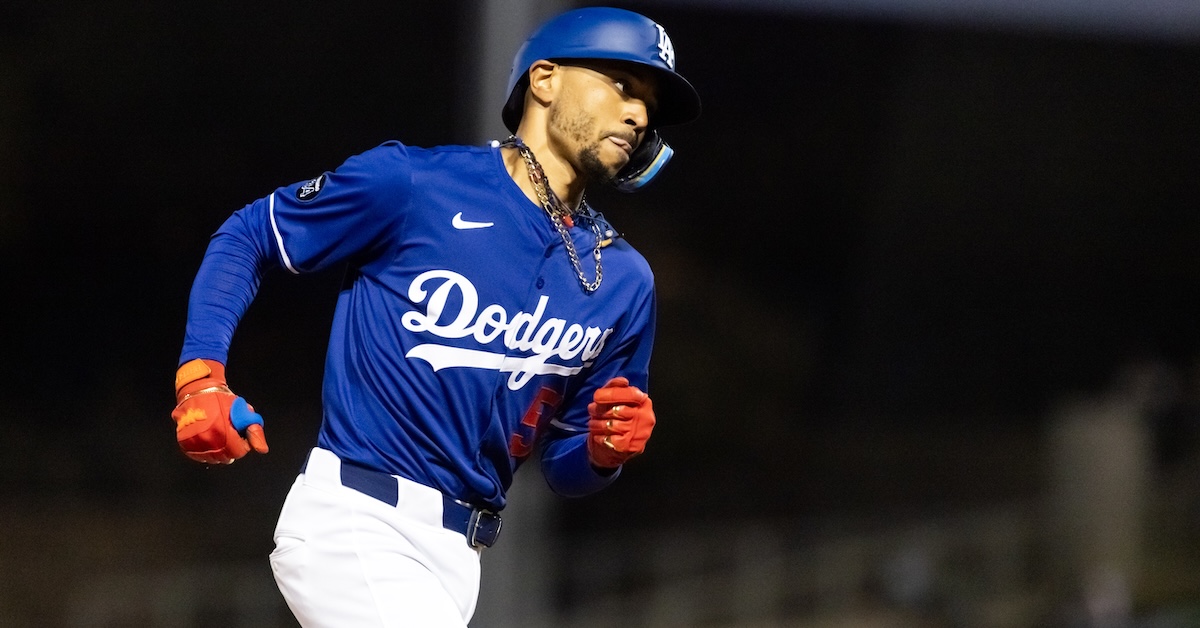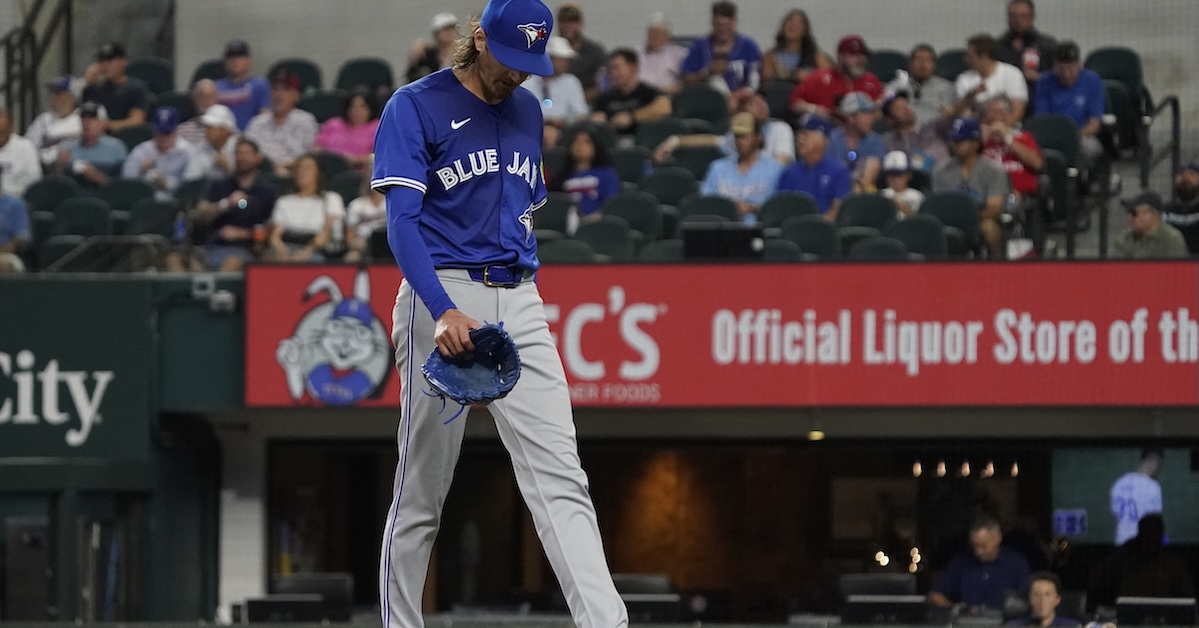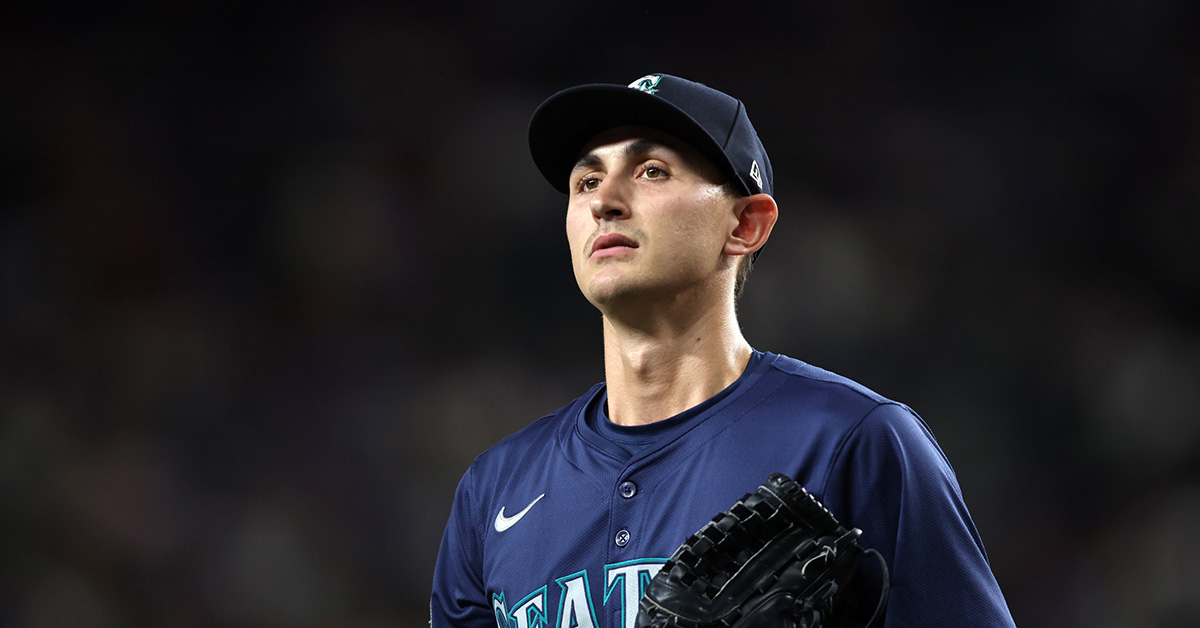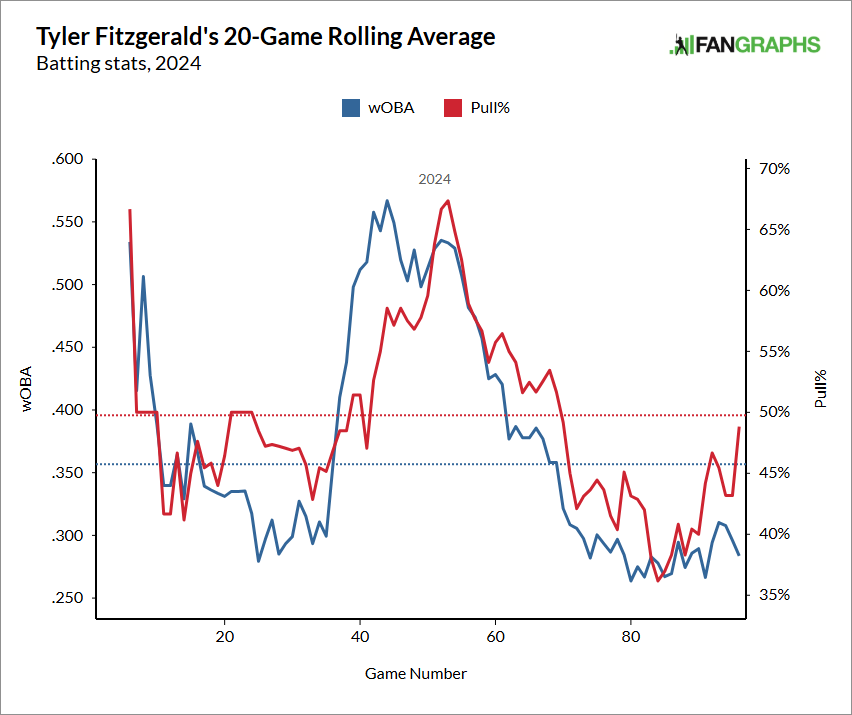After covering difficult keep/cut decisions at the infield positions the last few weeks, the RotoGraphs Ottoneu team will turn our attention to the outfield this week (and possibly next week too). Here are five guys on my keep/cut bubble.
–
Michael Harris II, OF
Salary: $27
Average Salary: $18
2024 P/G: 4.55
Projected 2025 P/G: 6.02
Michael Harris’ struggles in his third big league season were all the result of the hamstring injury that cost him two months of the season, right? When you split his season pre-injury and post-injury, things don’t really line up with that narrative. Before he hit the IL, he was posting a rather disappointing .250/.295/.358 slash line, good for an 80 wRC+ with a particularly conspicuous absence of power. After he returned from his injury, he was a lot more productive at the plate, slashing .283/.318/.506 (125 wRC+) but stole just two bases through the end of the season.
Under the hood, everything looked right in line with the norms he had established for himself through the first two seasons of his career. His hard hit rate, barrel rate, xwOBA, and wOBA were all well above league average and his aggressive high contact approach at the plate remained intact. It wasn’t just simple bad luck either, though his BABIP did fall 34 points from 2023; his BABIP was nearly exactly the same before and after his hamstring injury. The only thing I can see is a batted ball mix that was a little out of whack early in the season; his groundball rate was over 53% through mid-June and his pull rate was nearly 10 points higher than what it was the year prior. Both of those metrics came back down towards his norms in August and September and his results on balls in play benefitted.
And then there’s his Steamer projection for 2025. The computer is enamoured with his potential to breakout next year and ZiPS shares in the optimism. Harris will turn 24 under a month before Opening Day and apparently his rebound during the second half of this season was enough to convince the computers that his struggles during the first half were just a mirage.
Keep or cut?
I’m keeping Harris at $27 (or I would have if I hadn’t just traded him away in that league for a $43 Corbin Carroll). Still, that feels like a ceiling for him. It assumes the projections are right and that he’s due for a significant improvement in 2025, but it doesn’t leave much room for him to produce much surplus value if that improvement comes to fruition.
–
Luis Robert Jr., OF
Salary: $29
Average Salary: $28
2024 P/G: 4.03
Projected 2025 P/G: 5.07
A hip injury sustained in early April sidelined Luis Robert Jr. for two months of the season and he never really recovered once he returned to the field. Between the injury, the constant trade rumors, and the historically bad team surrounding him, it was a miserable year for Robert. His strikeout rate spiked to 33.2% and his power output dipped to just a .155 ISO as he limped to a career-worst 84 wRC+.
There’s certainly some cause for concern when looking at his peripherals. His hard hit rate dipped slightly but his barrel rate fell by more than five points. That tells me that his overall quality of contact was intact but something else in his batted ball mix was leading to a lower power output. Indeed, his pull rate fell nearly 13 points, down to 34%. In the two seasons where his pull rate has been higher than 40%, Robert has posted wRC+s of 155 (43.1% pull rate) and 128 (46.8%); in his other three seasons in the majors with a pull rate under 40%, his wRC+ has been 111 or lower.
And then there’s his plate discipline issues. He’s always been an aggressive swinger, but the amount of damage he was capable of doing on contact helped him offset some of those strikeout issues. Well, he cut his overall swing rate by more than five points but his contact rate continued a two-year downward trend so the result was a lot more called strikes and a nearly five point jump in strikeout rate.
Honestly, between the lackluster season in 2024, the injury issues, and the red flags in both his batted ball and plate discipline peripherals, it’s agonizingly difficult to evaluate Robert. We know that when everything clicks and he’s firing on all cylinders, he can be a phenomenal offensive producer, but the inconsistency will kill you. His 2025 projection isn’t very rosy either.
Keep or cut?
I’m cutting at $29 and I’d cut all the way down to around $15. Unless he’s traded to a much better team environment this offseason, I’m avoiding him wherever I can.
–
Spencer Steer, 1B/OF
Salary: $8, $14, $18
Average Salary: $12
2024 P/G: 4.66
Projected 2025 P/G: 5.02
I really loved Spencer Steer for his multi-positional eligibility which is why I rostered him wherever I could. Now that he’s lost 2B and 3B eligibility, I’ve got to figure out how to evaluate him as an OF with a bit of flexibility at 1B. The player pool at his new position isn’t as shallow as it was at 2B or even 3B but it can be tricky to roster five reliable outfielders to fill all five of those lineup spots in Ottoneu. He’s lost a bit of value by simply going from four eligible positions down to two, but not as much as I think you’d expect.
As for his actual on-field production, 2024 was a bit of a weird year for him. Everything in his peripherals looked stable; his batted ball data was solid and his plate discipline even slightly improved. Despite all that, his wOBA fell from .355 to .316 thanks to a 58 point drop in BABIP. There’s nothing amiss with his batted ball data or his plate approach — it really seems like he was just the victim of old fashioned bad luck.
The projections don’t see his BABIP returning to his 2023 levels and nor should they; he isn’t very fast and he elevates too much of his contact to take advantage of a high line drive rate. A BABIP just below league average is a pretty good bet to make and that’s exactly where the computer pegs him.
Keep or cut?
I’m happy to keep him up to $15 or $16 I think. $18 is probably too high, especially without the positional flexibility that made him so valuable the last few years.
–
Nolan Jones, OF
Salary: $10
Average Salary: $9
2024 P/G: 3.16
Projected 2025 P/G: 4.97
Are you willing to pay for a breakout that’s now two years removed? That’s the central question surrounding Nolan Jones. His season in 2024 was marred by a recurring back injury and he had plenty of issues reproducing his outstanding season from ‘23 when he was on the field. His hard hit rate actually increased by three and half points but his power production cratered despite all the hard contact. It’s not hard to figure out what happened either; his groundball rate jumped almost 10 points and his pull rate fell by more than 10 points. That’s a seriously bad combination for a power hitter.
Assuming he’s healthy in 2025, it’s difficult to know what to expect from Jones. The projection essentially splits the difference between his breakout season and injury marred season. We can be pretty assured that his .401 BABIP from 2023 won’t happen again but his power gains all looked legitimate. If he can figure out how to start pulling and elevating his contact again, his home ballpark and fantastic contact quality give him a pretty high ceiling. There are a lot of “ifs” that need to go right for his 2025 season to be successful, making the risk pretty high if you opt to keep him.
Keep or cut?
I think I’m fine with keeping at $10 but no higher. That feels like a decent price to pay for the potential that he’s healthy and figures out all his batted ball issues. It’s also cheap enough that he becomes an easy cut if his 2023 breakout turns out to be just a flash in the pan.
–
Matt Wallner, OF
Salary: $4 (x2)
Average Salary: $6
2024 P/G: 5.36
Projected 2025 P/G: 4.90
Chad asked me to include Wallner here because I just acquired him in one of our shared leagues in exchange for Jazz Chisholm Jr. I understand the hesitation surrounding him. He’s got an extremely volatile profile full of strikeouts and tons of power. The highs will be excellent — like the 169 wRC+ he posted from July 7 through the end of the season — but the lows will likely be unplayable. To make matters more complicated, he’s likely to be platooned heavily since he’s absolutely atrocious against left-handed pitching. Thankfully, he’s on the strong side of the platoon, but a part-time player is a little more difficult to roster.
But let’s look at what he’s capable of. The 169 wRC+ over the final three months of the season was fantastic, but that came with a .410 BABIP and a 34.2% strikeout rate. What he does have going for him is outrageously good contact quality. His hard hit and barrel rates, xwOBA, and max exit velocity all sat in the top 5% in the majors. He may not make much contact, but when he does, ball go far.
Keep or cut?
I don’t want to overhype a player because the red flags in Wallner’s profile are certainly glaring, but he’s got a lot of prime Joey Gallo in him and he was an incredibly valuable player in Ottoneu for a long time. I’m happy to keep at $4 on the chance that Wallner actually does turn into the second coming of Gallo, but even if he settles in as a lesser version of Gallo, that’s still a valuable player in a format that rewards power and patience. The ceiling is a bit trickier to determine but I think I’d keep Wallner up to $6 or $7 and there’s probably a good chance he’ll go for even more at auction.
